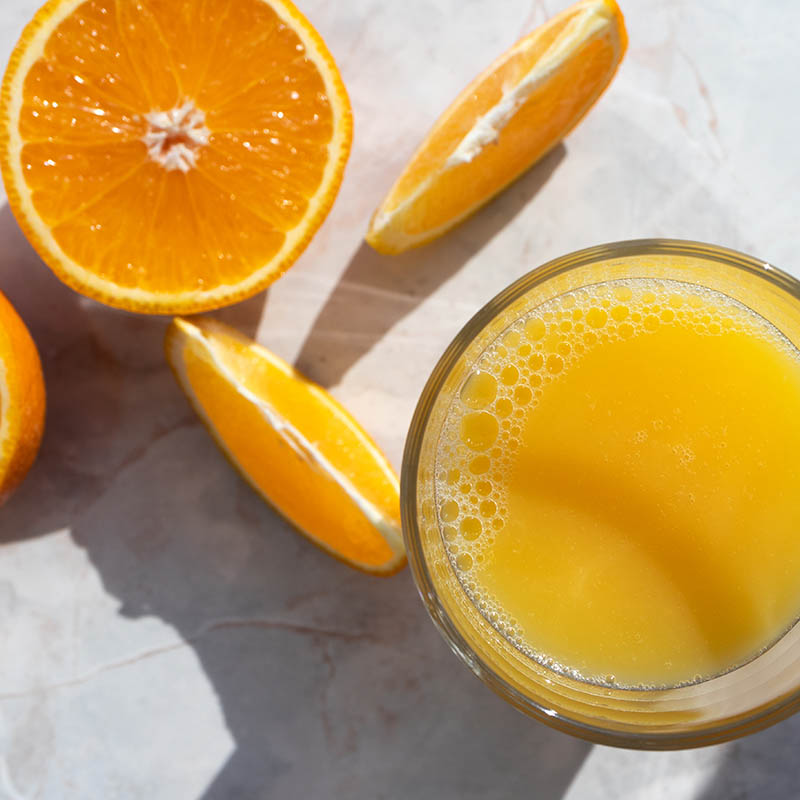
By: Sophia W.
Year: 2023
School: McPherson Magnet
Grade: 8
Science Teacher: Danielle Garcia
This fascinating science project investigates the effect of storage temperature on the concentration of Vitamin C in oranges. This research aimed to provide insights into the optimal conditions for preserving the nutritional quality of oranges. Using a redox-titration model, Sophia explored a range of temperatures, from freezing to oven-warm, to determine the impact on Vitamin C concentration.
Sophia meticulously set up her experiment by placing oranges in different environments, including the freezer, fridge, countertop, and oven, spanning temperatures from -2°C to 170°C. She created an indicator solution by mixing iodine and cornstarch with water, followed by filtering. Additionally, Sophia prepared a standard solution with a dissolvable Vitamin C tablet, serving as a reference for analyte concentration.
To collect data, Sophia weighed the oranges, juiced them, and recorded the volume of juice squeezed. The redox-titration process involved slowly adding a titrant (known concentration and volume) to the orange juice analyte (known volume but unknown concentration). This method allowed her to measure the concentration of Vitamin C.
Contrary to Sophia’s initial hypothesis, the average concentration of Vitamin C was highest at 68°F (20°C), simulating the natural growing conditions of oranges. Surprisingly, the lowest average concentration occurred at -2°C, suggesting freeze damage that degraded the vitamin. The second-lowest concentration was observed at 170°C, indicating the detrimental effect of high temperatures on Vitamin C stability.
Sophia’s hypothesis was revised as she discovered that cold temperatures led to freeze damage, impacting the quality of oranges. In contrast, warm temperatures resulted in less vitamin loss as moisture was drawn out, leaving only the vitamin behind. Despite initial expectations, room temperature (68°F) proved to be the most favorable for preserving Vitamin C.
Reflecting on her project, Sophia expressed interest in expanding her research to test other fruits with different vitamins. Exploring common reasons for vitamin degradation could contribute valuable information to improve fruit storage practices and potentially impact various industries.
